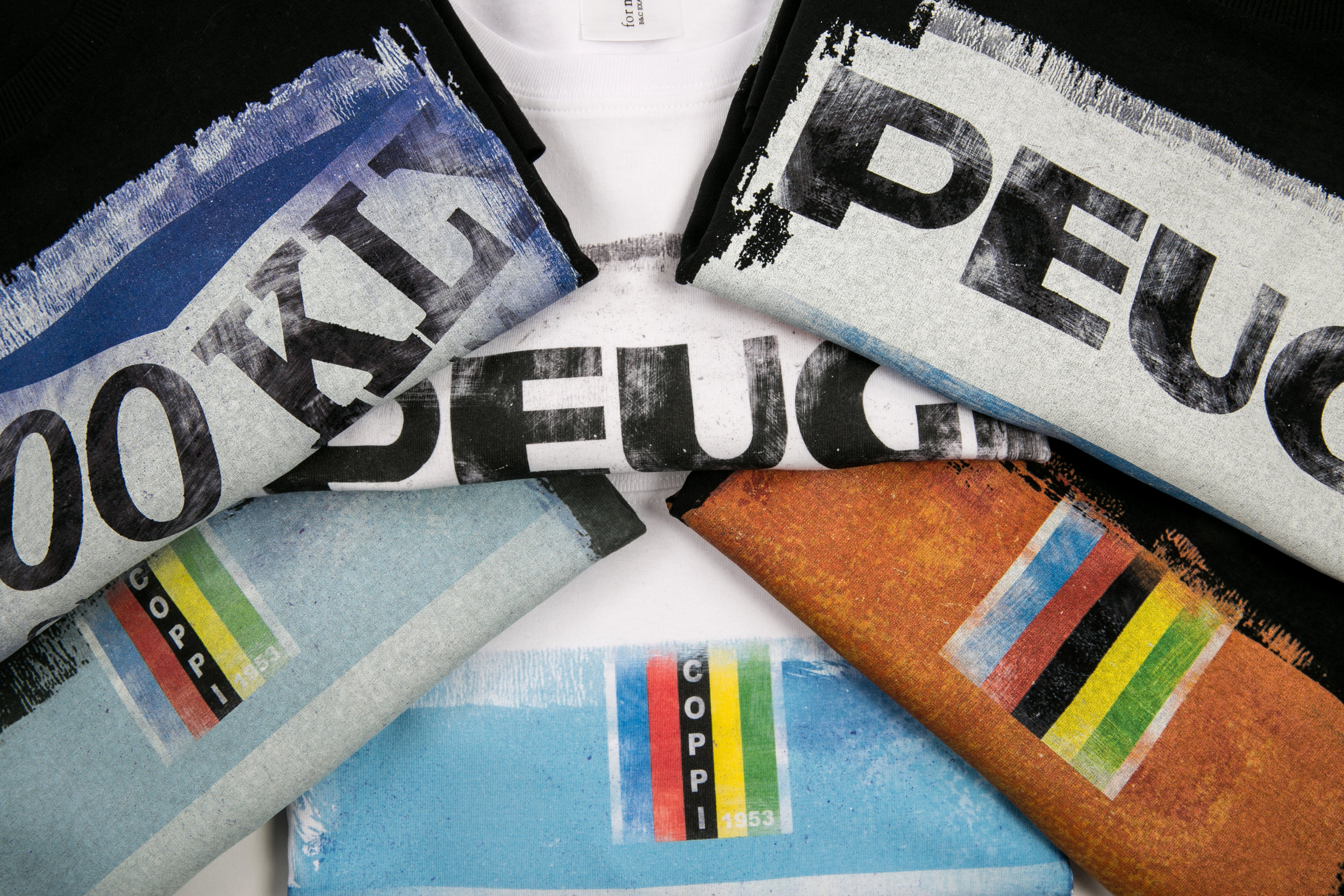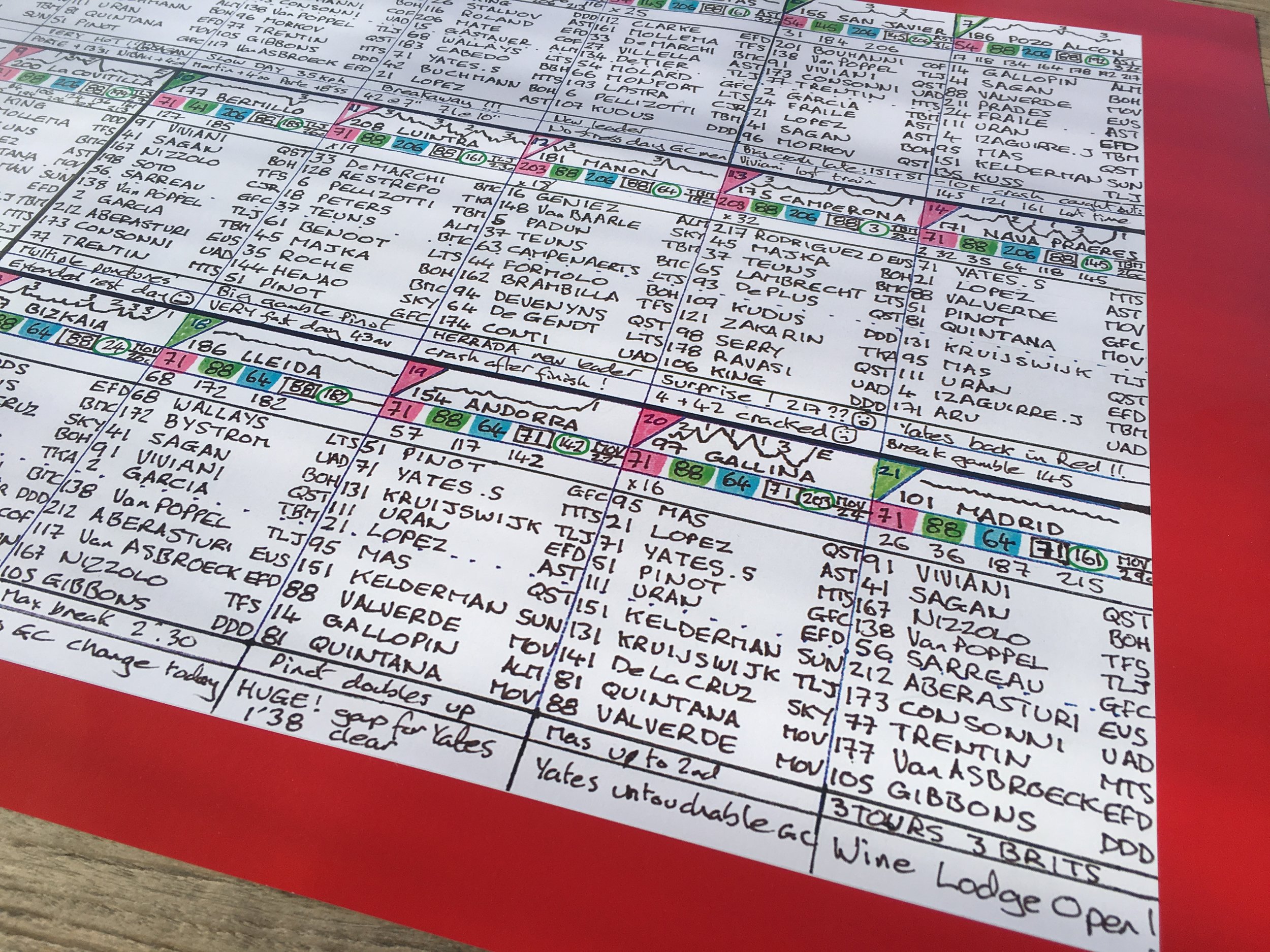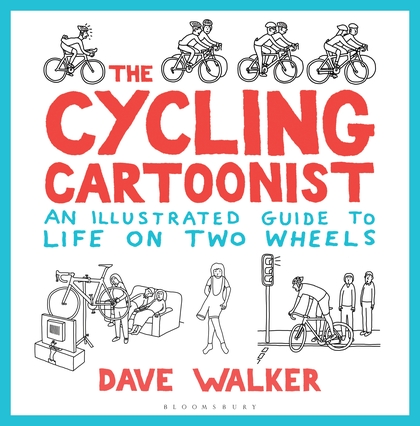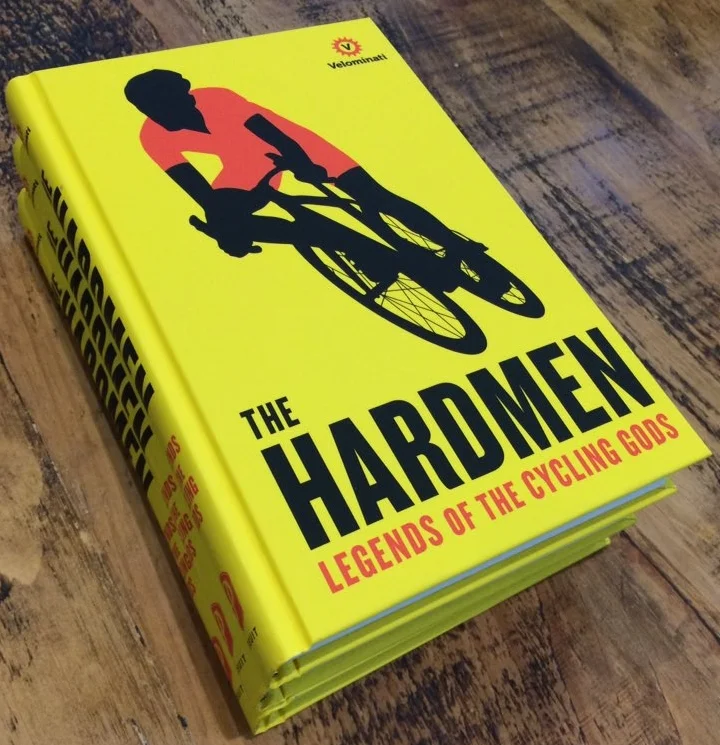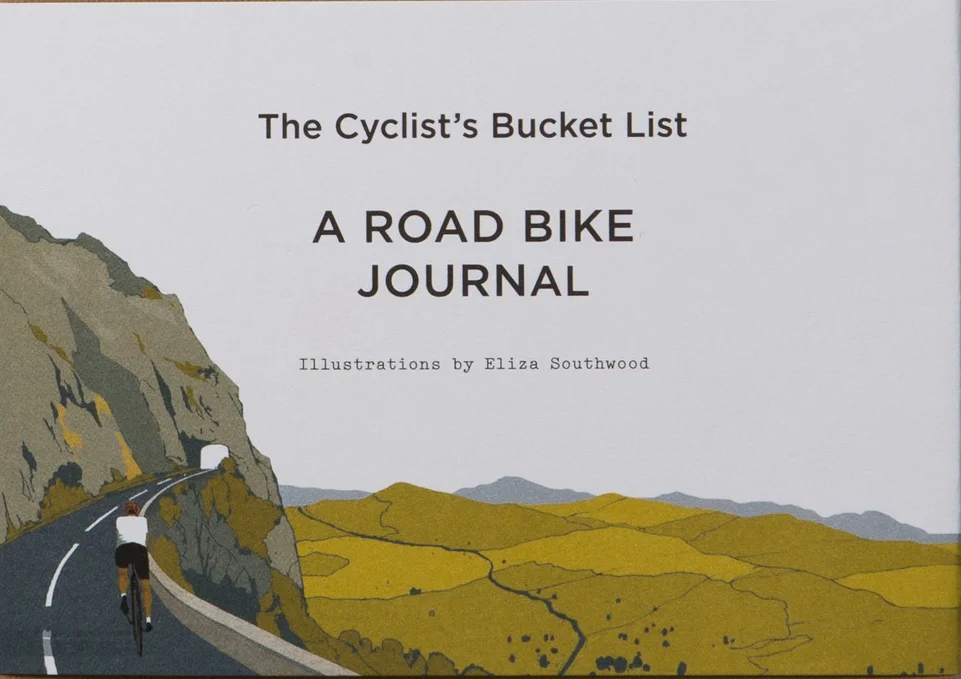This is the story of how a middle-aged man traced the length of the old Iron Curtain on a shopping bike through 20 countries and 9,000 miles along the un-sign-posted EV 13 cycle route. To attempt such an undertaking on a bike might appear to be rather rash and ambitious for someone in their fifties. To start in Finland, in March, would definitely be a step too far. But then to choose to do it on a completely unsuitable bike is surely madness.
Tim Moore is not the sort to be put off by a challenge, however. He’d already crossed 500 miles of Spain, dragging a donkey behind him, as documented in “Spanish Steps”, completed the route of the Tour de France on a diet of Pro Plus and Rose wine (“French Revolutions”) and in his book “Gironimo” told of how he rode the 3,200 km route of the infamous 1914 Giro d’Italia on a hundred year old bike.
Moore continues the theme of choosing a steed in keeping with his travels on this adventure too: his MIFA 900 is a small wheeled shopping bike designed for quick trips to pick up groceries on a camping trip, manufactured by The Central German Bicycle Works until the fall of the Wall. As he says, “The model’s development over those twenty-two years is a handy metaphor for the progress of the Soviet-model state socialism: there were no developments…To paraphrase Henry Ford, East Germans could have any bike they wanted, as long as it was a MIFA 900.”
It sounds crazy and it is. So crazy, in fact, that for the first 60 odd pages I had absolutely no sympathy for Moore as he struggles through sub zero temperatures, snow drifts and the frozen wastelands of Finland on his silly little shopping bike. What else did he expect Finland to greet him with at this time of year other than, “a cold, hard, slap”? As he says himself at one point, “What a stupid thing to be doing. Like rounding the Isle of Wight by pedalo, or running a marathon in a suit of armour, it was already plain that the epic scale of my undertaking would always be undermined by its inherent foolishness.” Quite. And his view of the native Finns, who quite justifiably also think he’s completely mad, seems unbalanced.
What keeps your interest are his forays into the history of each country he travels through. The Finns, for instance, who were vastly outnumbered and with extremely limited supplies, resisted Soviet occupation way beyond the length of time they should have, given how poorly equipped they were. With the likes of Simo Hayha, a 5 foot 3 inch outdoorsman who single handedly shot down 542 Russian soldiers, to the nineteen year old Lauri Torni who won eight battlefield decorations for fighting behind enemy lines, Finland’s plucky resistance was a testimony to a proud and determined nation that continued to fight against all odds.
As Moore continues his journey, pedal stroke by pedal stroke, reminiscing about the road trip by car he did just after the fall of the Wall through the same part of the world, he offers an interesting insight into how the old ‘Eastern Bloc’ has changed, how its history still looms large over its inhabitants, and how it still bears the scars, both physical and emotional on its landscape and people. In this way he flips easily between the hardships of his crazy journey to a potted history of the Cold War and what life was like for those living through it, whether it be from the point of view of a teenager growing up in the UK to the grim tales of those who dared to escape the tyrannical grip of the old GDR. Remains of old watchtowers and abandoned checkpoints, the crumbling buildings of a former secret spy station in Latvia and the monuments left behind to mark the period, offer a backdrop as he dips into the past and weaves his way back to the present on his little bike.
Perhaps the most telling moments of his journey are when he travels through parts of the old East Germany where he encounters a distinct difference either side of the old border. The manicured front lawns and creepy gnomes of the old West contrast with a gritty and urban decay of the old East. Snobbery still rears its ugly head from a retired former Western German couple who refer to the former East Germans as ‘Ossis’ that they “still find a little rude, a little bad in education…everyone with cigarettes and cards, eating bad food with dirty hands.” Moore is fascinated by how they clearly think of them as an alien and inferior race.
Visiting the old MIFA factory where his bike was manufactured, workers from the old era are loath to talk about life before the wall came down. The new owner of the factory offers him a new, modern MIFA to finish his journey and is completely confused at Moore’s insistence to continue on the old one.
““I had confidently imagined that my 900’s back-to-its-roots pilgrimage would have meant as much to its creators as it did to me, picturing veteran employees massed around it with rueful smiles, inspecting their humble handiwork with a blend of pride and embarrassment and sharing bitter-sweet reminiscences of Five Year Plans and boozy lunch-breaks. Instead, they had all gazed right through what was evidently an uncomfortable reminder of an unhappy past.””
The old GDR cycling jersey that he initially wears as a kind of joke is soon discarded as he realises the offence it causes. The further south that Moore pedals the warmer it gets until he’s suffering under 45 degree heat. But this is also where he falls in love with the lively, bustling atmosphere of Serbia’s little towns. Then there’s the grim poverty and deprivation of Slovakia and Romania along with the madcap tales of Ceausescu’s regime.
Moore has an easy and witty prose style that he maintains throughout, especially when he self deprecatingly recounts the physical hardship he himself is encountering in his jaunty style (“Why fret about a runny tummy when every passing vehicle might give me a flatty heady?” and “Polar shopper cycling is a cruel mistress, with a taste for drawn out Tantric sadism.”) Similarly, when he delves into Europe’s messy post war history he has a neat and witty turn of phrase that is dry and sardonic. “Esconced in our little island under the banner INVASION-FREE SINCE 1066, it’s hard for us to envisage the ethno-political ebbs and flows that have swept through continental Europe.” Yugoslavia was a state “that wasn’t so much behind an iron curtain as a plastic trellis.”
This is so much more than a tale of one man’s madcap, epic adventure on a shopping bike. While it is partly that, the abiding feeling is that it’s a fascinating reflection on Eastern Europe’s past, the West’s relationship with it and, of course, its future.
'The Cyclist Who Went Out In The Cold, Adventures along the Iron Curtain Trail' by Tim Moore is published by Yellow Jersey Press


